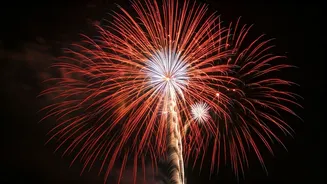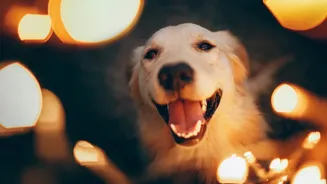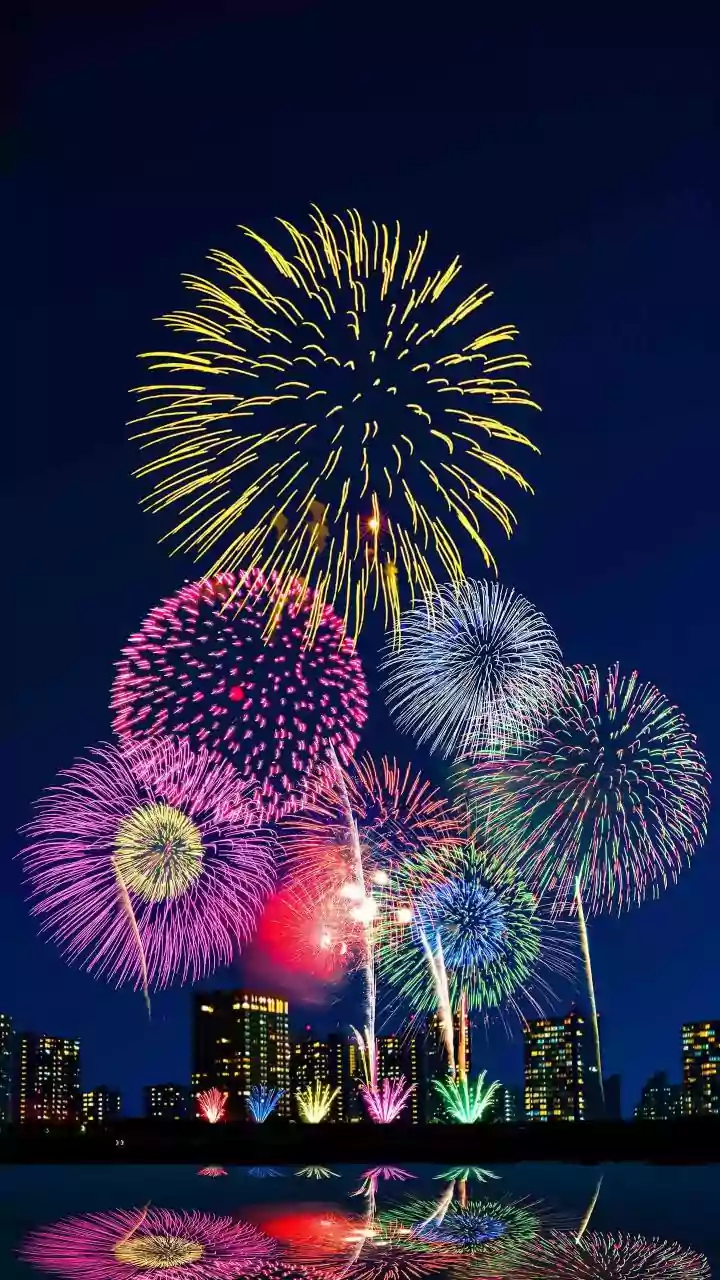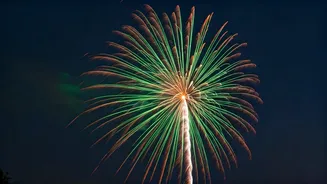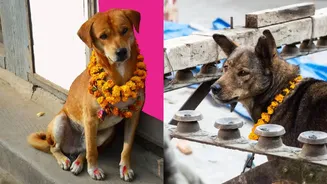Choose with Wisdom
Selecting firecrackers is the first and perhaps most crucial step for a secure Diwali. It's not merely about the visual appeal or the noise they make;
it's about the safety standards adhered to by the manufacturers. Always opt for crackers produced by reputable companies. Look for labels that clearly display safety instructions and the manufacturer’s details. Avoid buying from vendors who sell unidentified or unlabeled products. Carefully inspect the crackers for any signs of damage, such as cracks or tears, as these could make them unstable. Remember, your safety is paramount. Prioritize crackers that are approved and safe, making responsible choices that contribute to a secure and enjoyable Diwali.
Avoid Congestion, Danger
One of the most important safety precautions involves avoiding crowded or confined spaces when lighting firecrackers. Open, well-ventilated areas are essential for safe firework displays. Crowded areas, on the other hand, amplify the risks. In such surroundings, there's a higher probability of accidental injuries from errant sparks or projectiles. Confined spaces, such as balconies, enclosed rooms, or narrow streets, trap smoke, which can cause respiratory problems, and they also restrict movement if a fire breaks out. Moreover, enclosed areas intensify the sound, leading to discomfort and increasing the risk of hearing damage. Always choose open, less congested areas like parks or large fields, ensuring sufficient space between the firing location and any onlookers.
Dress Appropriately
The type of clothing worn during Diwali firework displays greatly impacts safety. Opting for appropriate attire can reduce the risk of burns and injuries. Synthetic fabrics, for example, are highly flammable and should be avoided. Instead, wear clothing made of natural fibers such as cotton, which is less likely to catch fire quickly. Loose-fitting clothes should also be avoided, as they can easily brush against sparks or flames. Ensure your clothing covers most of your skin, including long sleeves and pants, which minimize direct exposure to sparks. Consider wearing closed-toe shoes to protect your feet from embers or falling fireworks. Additionally, have water or a fire extinguisher close at hand to put out any unexpected fires quickly.
Duds: No Relighting
A common and hazardous mistake is attempting to relight a firecracker that has failed to ignite initially. This practice is exceptionally dangerous and must be strictly avoided. There is no way to know why a firecracker has not ignited and attempting to relight it can lead to unexpected explosions. If a firecracker doesn’t light, wait a reasonable amount of time, typically around 15 to 20 minutes, to ensure it's completely cooled. After waiting, approach the firecracker cautiously, using water to douse it. Dispose of the dud safely by soaking it in water for several hours before discarding it. This protocol minimizes risks, ensuring safety and preventing accidents. Never take chances when it comes to firecrackers that haven’t worked as expected.
Supervise Children Carefully
Children need constant supervision when fireworks are around. They may not fully understand the risks associated with firecrackers, so it is important to be vigilant. Never leave children unattended while they are near fireworks. Teach them about firework safety, including the dangers of handling or approaching lit fireworks. Show them the proper distance to maintain and the importance of listening to instructions. Keep a watchful eye on the children to make sure they are following the safety protocols. This constant monitoring will help them avoid mishaps and prevent potential injuries. Teach and guide them on how to handle firecrackers correctly, and make sure to involve the whole family in this safety endeavor for an enjoyable celebration.
Protect Your Pets
Pets are very sensitive to the sounds and sights of fireworks. Their distress during this time can be significant. Protect your pets by keeping them indoors during firework displays. Close windows and doors to minimize the noise and light that can upset them. Provide a safe, comfortable space for them, such as their favorite room, bed, or crate, where they feel secure. Turn on the television or play music to help mask the sounds of the fireworks. Never take pets to areas where fireworks are being lit. If your pet is particularly anxious, consult your veterinarian about possible calming aids or medications. Ensure your pet has proper identification tags and microchips, in case they get scared and escape. Your goal is to prioritize your pet's comfort and safety during Diwali.
Environmentally Responsible Disposal
After the festivities, the responsible disposal of firework waste is vital. Discarding used fireworks carelessly can lead to environmental hazards. Always wait for fireworks to completely cool down before handling them. Soak the used fireworks in water for a few hours. This will ensure any lingering embers are extinguished and prevent any unexpected reignition. Dispose of the wet fireworks in designated waste collection areas. Avoid littering or discarding them in public spaces or near water bodies, as this can cause pollution. Dispose of all waste materials responsibly. Consider recycling the cardboard and paper components of the fireworks where possible. By following these measures, you minimize environmental impact, fostering a safe and sustainable environment for the community.
First Aid's Nearness
Having first aid readily available is essential for handling any firecracker-related accidents. A well-stocked first aid kit should include burn cream or ointment, bandages, antiseptic wipes, gauze pads, and pain relievers. Place the kit in a easily accessible spot. Be familiar with basic first aid procedures for burns and injuries. In case of a burn, immediately cool the affected area with cool running water. Never apply ice directly to the burn. For more serious injuries, seek immediate medical attention. Also, keep a phone nearby to call for help if required. Knowing how to respond quickly and effectively can make a considerable difference in preventing more severe injuries. Make sure all family members understand where the kit is and how to use it.
Keep Water Handy
Water should always be available in case of emergencies during firework displays. Keep buckets of water or a water hose ready to extinguish any small fires. Water can also be used to cool any burns until medical help arrives. Have a safe water source nearby. If a firecracker malfunctions and causes a fire, use the water to extinguish it immediately. Water is a simple yet essential safety tool. Keep a close watch for any unexpected fire incidents, and be ready to put them out rapidly. Always have water available to prevent the spread of fire and to ensure safety for all.
Lighting: The Right Tools
To safely light firecrackers, always use a candle or a long stick, such as a diya or a sparkler, to light the fuse. A long lighting tool will help you maintain a safe distance from the firework. Never hold the firecracker in your hand when lighting it. Light the fuse, then quickly move away to a safe distance. Make sure all onlookers are also at a safe distance from the firecrackers. Avoid using your fingers or any other part of your body to get the firecracker lit. Always adhere to safety guidelines for a safer and more enjoyable experience. Using the proper tools adds a layer of precaution, enhancing your safety during this joyful celebration.


